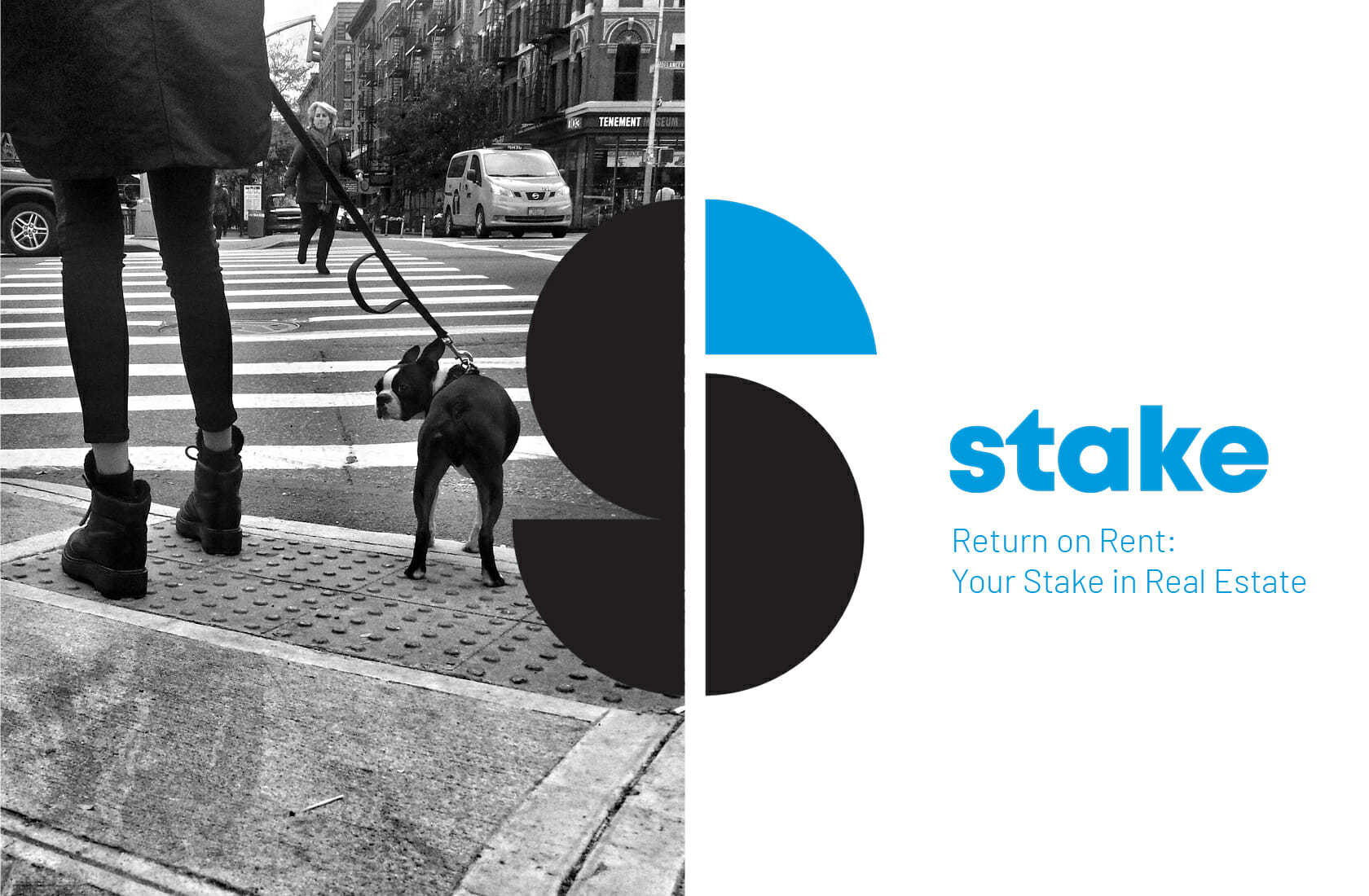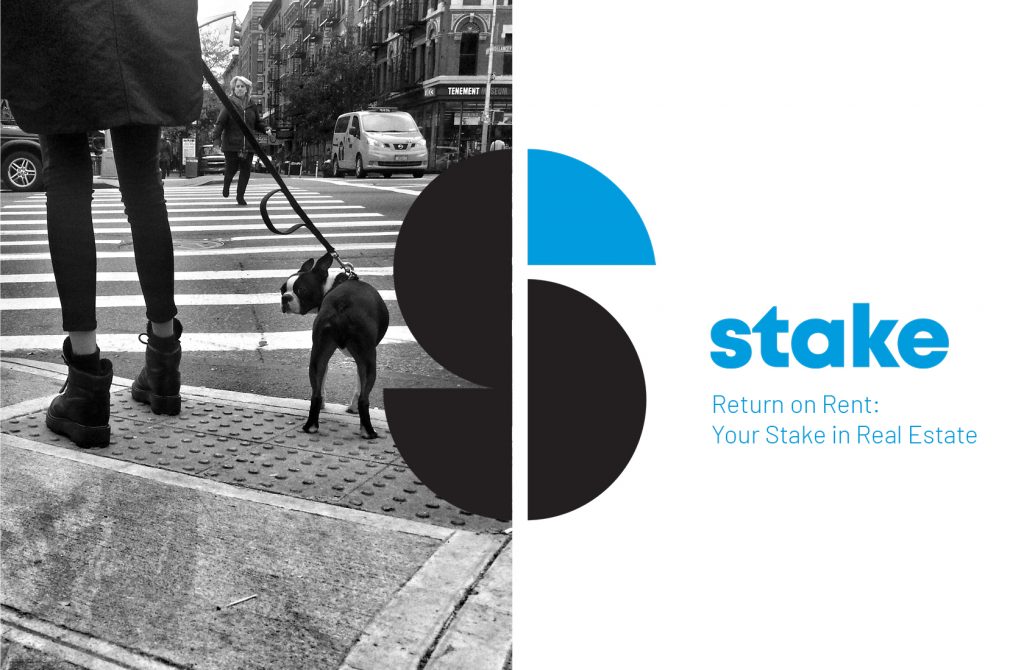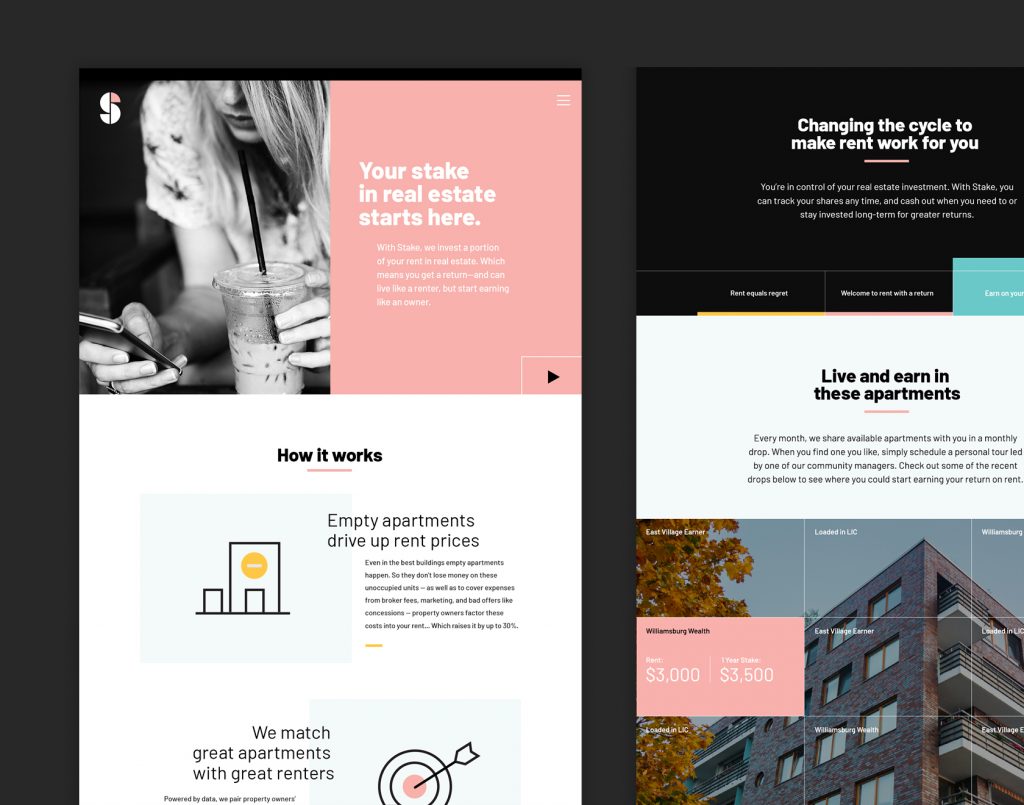Startup Branding: Critically Important. Often Overlooked.
A few years ago, the CEO of a Europe-based technology startup came to us with a dilemma. His company had a great, first-of-its-kind product – an interactive presentation system that combined dazzling graphics, great flexibility and centralized control. But after some initial success among global pharmaceutical companies, the company hit a wall…






